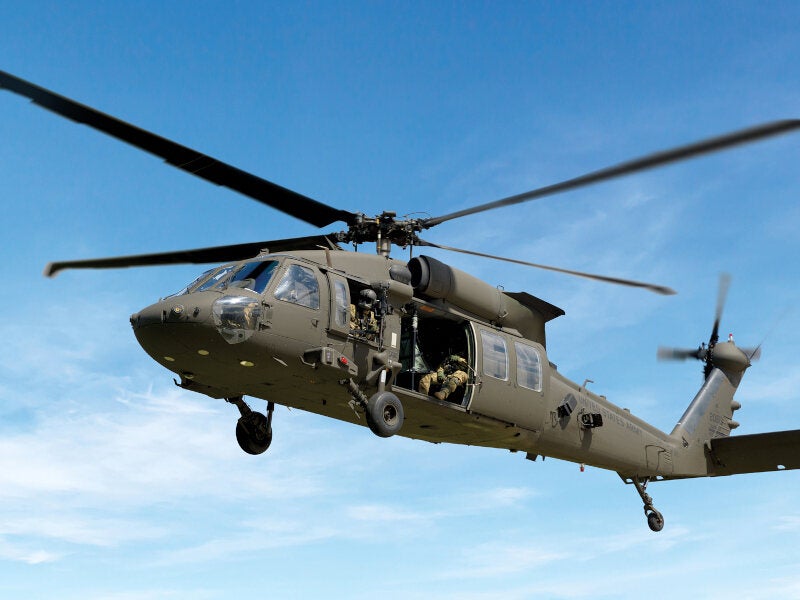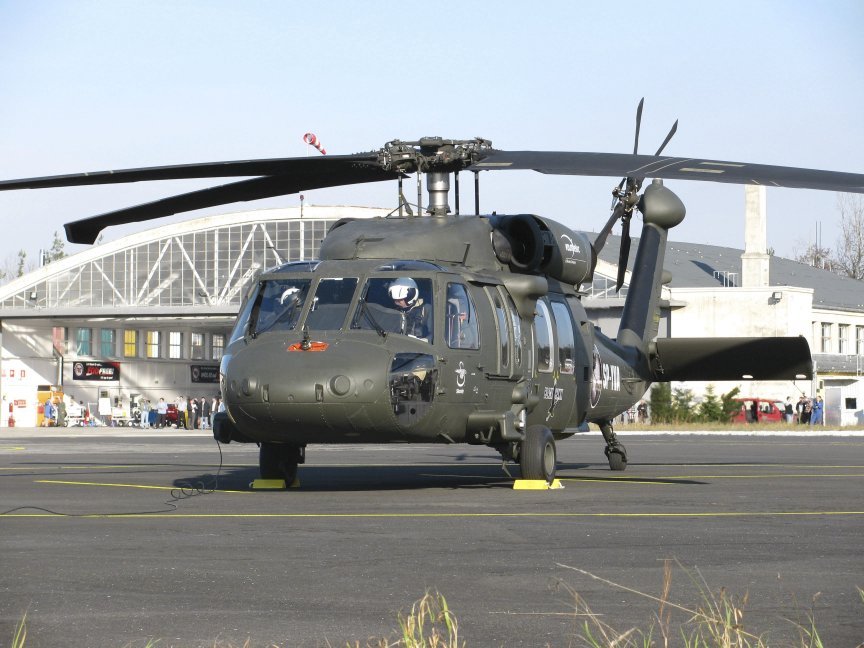Unveiling the Sikorsky S 70: Developments and Developments in Helicopter Design
Unveiling the Sikorsky S 70: Developments and Developments in Helicopter Design
Blog Article
High-Performance Multi-Role Rotorcraft Featuring Advanced Cockpit Technologies and Integrated Sensor Solutions
The world of rotorcraft modern technology has actually seen significant improvements in current times, especially in the realm of high-performance multi-role rotorcraft equipped with cutting-edge cabin innovations and effortlessly integrated sensor systems. In the adhering to conversation, we will check out the advancement of rotorcraft modern technology, delve right into the realm of innovative cockpit technologies, and check out the ramifications of integrated sensing unit systems on the functional convenience and effectiveness of modern-day rotorcraft.
Evolution of Rotorcraft Modern Technology
The development of rotorcraft innovation has actually been noted by considerable improvements in aerodynamics, materials, and propulsion systems, forming the capabilities and efficiency of modern rotorcraft. Wind resistant renovations have enhanced the performance and maneuverability of rotorcraft, allowing for increased speed, agility, and security throughout flight (sikorsky s 70). Technologies in products, such as making use of composite materials and advanced alloys, have actually led to lighter yet stronger rotorcraft frameworks, boosting total efficiency and sturdiness. Furthermore, innovations in propulsion systems, including much more effective engines and cutting-edge propulsion modern technologies, have actually made it possible for rotorcraft to achieve higher altitudes, faster speeds, and greater payloads.
These innovations have not just changed the capabilities of rotorcraft however have also increased their applications throughout various sectors, including military, business, and emergency situation services. The continual evolution of rotorcraft modern technology remains to drive advancement in the area, pressing the boundaries of what is possible and shaping the future of upright flight.
Advanced Cabin Innovations
Building upon the foundational advancements in aerodynamics, products, and propulsion systems, the realm of rotorcraft innovation now shifts emphasis towards pioneering Advanced Cockpit Innovations. The combination of sophisticated innovations within the cockpit setting plays a critical function in enhancing the operational abilities, safety and security, and performance of modern-day rotorcraft. sikorsky s 70. Advanced Cockpit Innovations include a large range of functions developed to give pilots with enhanced situational awareness, structured data monitoring, and intuitive control interfaces
One of the crucial innovations in cockpit style is the application of glass cockpits, which change typical analog gauges with high-resolution screens. These digital systems use personalized designs, real-time data assimilation, and boosted readability, making it possible for pilots to access essential info at a glance. Progressed avionics systems, such as fly-by-wire controls and increased truth display screens, are transforming just how pilots interact with the airplane, enabling for exact control and improved decision-making abilities.


Including advanced cockpit technologies not only boosts pilot performance yet additionally contributes to overall goal effectiveness and safety and security in complex operational environments. By leveraging cutting edge technologies within the cabin, rotorcraft producers are establishing brand-new criteria for operational quality and mission success.
Integrated Sensor Solutions
With the development of rotorcraft innovation, the assimilation of sophisticated Integrated Sensing unit Solution has become vital in boosting functional effectiveness and safety. These Integrated Sensor Solutions include a large range of modern technologies that provide important data for various features such as navigation, surveillance, targeting, and ecological surveillance. By seamlessly integrating sensors like radars, cameras, lidar, and infrared systems into rotorcraft, drivers can gain from enhanced situational recognition, boosted goal capabilities, and decreased pilot work.
One key benefit of Integrated Sensor Systems is their ability to this gather real-time data and provide actionable insights to pilots and objective drivers. For instance, advanced radar systems can spot and track targets over cross countries, permitting for very early danger detection and efficient reaction preparation. Additionally, incorporating electro-optical and infrared video cameras makes it possible for rotorcraft to carry out reconnaissance and monitoring goals with accuracy and accuracy.
Fundamentally, the combination of sophisticated sensing unit modern technologies into rotorcraft not only enhances operational effectiveness but likewise adds substantially to total mission success and team security. As rotorcraft proceed to progress, the role of Integrated Sensing unit Systems will definitely continue to be at the center of development in the aerospace market.
Functional Flexibility and Effectiveness
Enhancing operational flexibility and efficiency in rotorcraft review is an all-natural development from the assimilation of sophisticated Integrated Sensing unit Systems. By leveraging the data and understandings offered by these advanced sensor systems, rotorcraft can optimize their performance across numerous missions and environments.
Operational convenience encompasses the capacity of rotorcraft to adapt to various roles and scenarios successfully. With innovative cabin innovations and incorporated sensing unit systems, rotorcraft can flawlessly change between jobs such as search and rescue, clinical emptying, surveillance, and a lot more. This convenience boosts the rotorcraft's ability to meet varied functional demands without requiring considerable reconfiguration.
Effectiveness in rotorcraft procedures is critical for making the most of mission performance and source utilization. Integrated sensor systems play an essential role in boosting functional efficiency by offering real-time data on weather condition conditions, terrain mapping, target tracking, and a lot more. This information makes it possible for pilots to make educated decisions swiftly, maximize flight paths, preserve gas, and improve overall goal productivity.
Influence On Modern Air Travel Workflow

Additionally, the integration of sophisticated sensors helps with enhanced mission planning and implementation, allowing rotorcraft to perform a large range of tasks with enhanced accuracy. From search and rescue operations to airborne firefighting and police objectives, the capacities of modern-day rotorcraft outfitted with sophisticated cockpit modern technologies and incorporated sensing unit systems are exceptional.
Additionally, the influence of these advancements expands beyond functional effectiveness to cost-effectiveness and sustainability. By optimizing trip courses, fuel usage, and upkeep schedules, high-performance rotorcraft outfitted with advanced cockpit technologies and sensors add to decreasing functional prices and environmental influence, making them crucial possessions in contemporary aeronautics procedures.
Verdict
Finally, the high-performance multi-role rotorcraft with advanced cabin technologies and incorporated sensor systems represents a substantial advancement in air travel modern technology. These technologies improve functional adaptability and click reference effectiveness, eventually influencing modern-day aeronautics operations in a favorable means. The combination of these advanced innovations permits improved capacities and efficiency in various mission situations, showcasing the proceeded advancement of rotorcraft technology in the aeronautics industry.
The realm of rotorcraft technology has actually seen notable developments in recent times, particularly in the world of high-performance multi-role rotorcraft outfitted with sophisticated cockpit innovations and perfectly integrated sensing unit systems. From enhanced goal adaptability to boosted functional effectiveness, the convergence of innovative cabin innovations and incorporated sensing unit systems has actually ushered in a new period of opportunities for rotorcraft applications. In the adhering to conversation, we will certainly explore the development of rotorcraft modern technology, dig into the realm of innovative cabin developments, and take a look at the ramifications of integrated sensing unit systems on the operational flexibility and performance of modern rotorcraft.

Report this page